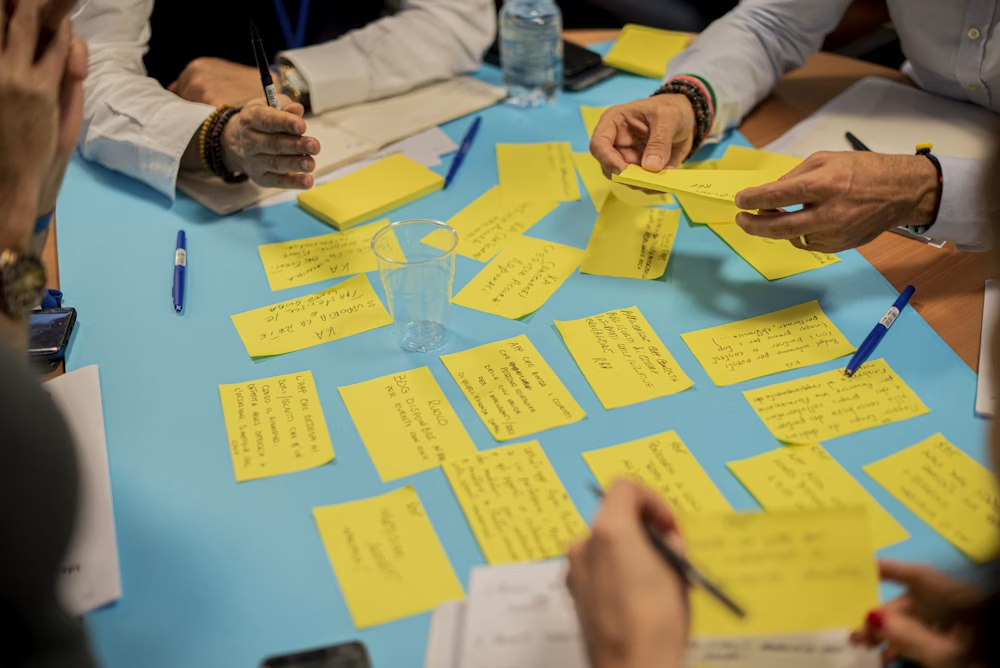Concept Mapping for Research Projects
Introduction
Concept mapping is a straightforward yet powerful technique that offers a bird’s eye view of scientific knowledge and connections between ideas. Through concept mapping, research can be systematically arranged to allow researchers to analyze complex topics, making it easier to see how different concepts relate to one another.
It transforms abstract thoughts into a clear, visual representation of scientific knowledge, acting as a practical tool for bridging brainstorming and detailed data analysis. Concept mapping is especially beneficial for uncovering relationships between concepts that may not be immediately obvious.
This article outlines what the concept mapping process entails, its purposes, and its advantages. It also provides a step-by-step guide on creating concept maps for your research project, supplemented with examples.

What is concept mapping in research?
Concept mapping for qualitative studies is a valuable tool that allows researchers to visualize the relationships between different ideas, concepts, or pieces of information. It involves creating a diagram that showcases how various elements are interconnected, often revealing patterns, hierarchies, and associations that might not be evident through text alone. The map starts with a central idea or question and branches out to show how subsidiary ideas connect to it and to each other.
This technique is grounded in the cognitive sciences, reflecting how the brain organizes and structures knowledge. By mapping out concepts, researchers can more easily comprehend the scope of a project, identify gaps in knowledge, and determine the direction of their inquiry. It serves not just as a method for organizing thoughts but also as a tool for critical thinking and analysis.
In the context of research, concept mapping can be used at various stages of a project. Initially, it can help in formulating a research question or questions by visually exploring the key themes and variables involved. Throughout the research process, concept maps can be adapted and expanded to incorporate new findings and insights, making them dynamic tools for understanding and communication.
Moreover, concept mapping fosters collaboration among research team members, providing a shared visual language that can bridge disciplinary divides. It can visually present complex ideas, making discussions more productive and helping to align the team’s understanding and approach.
